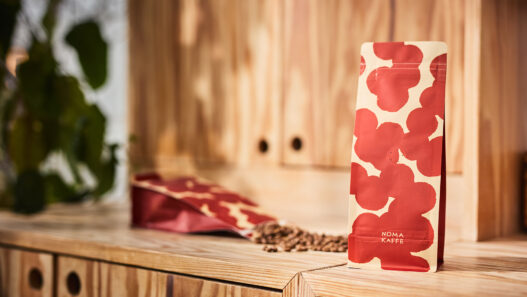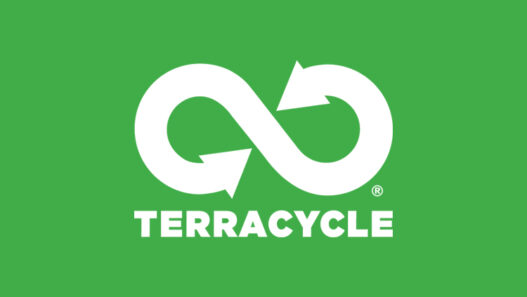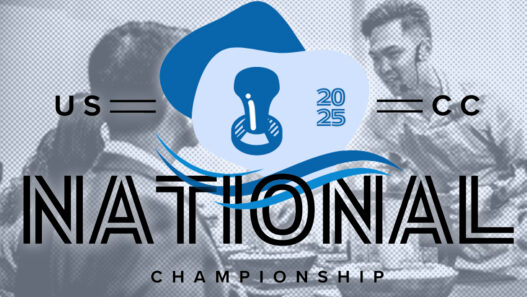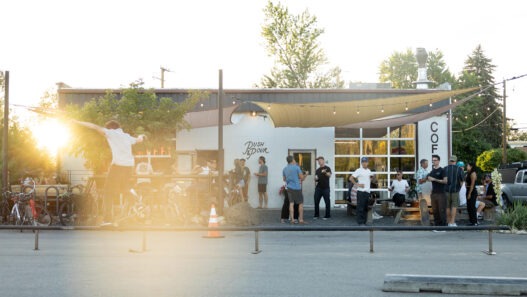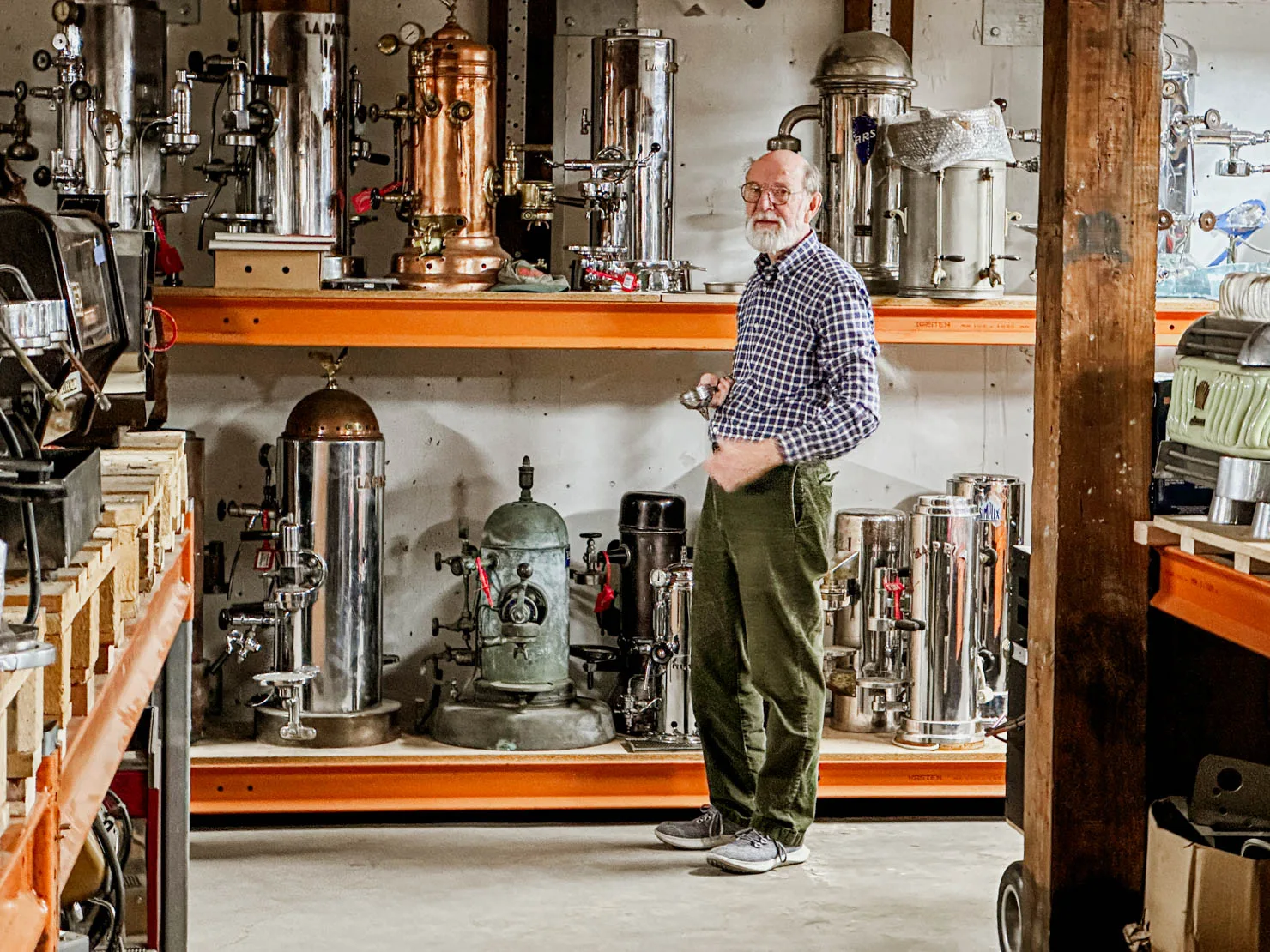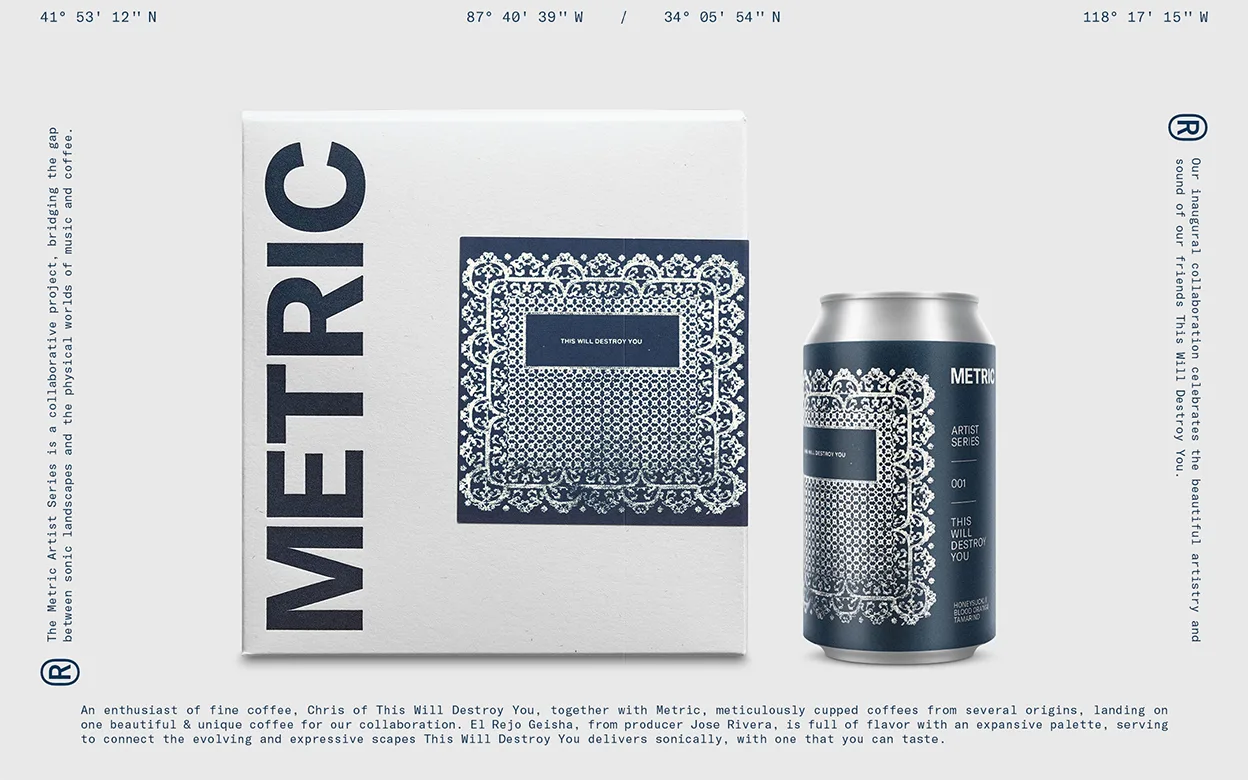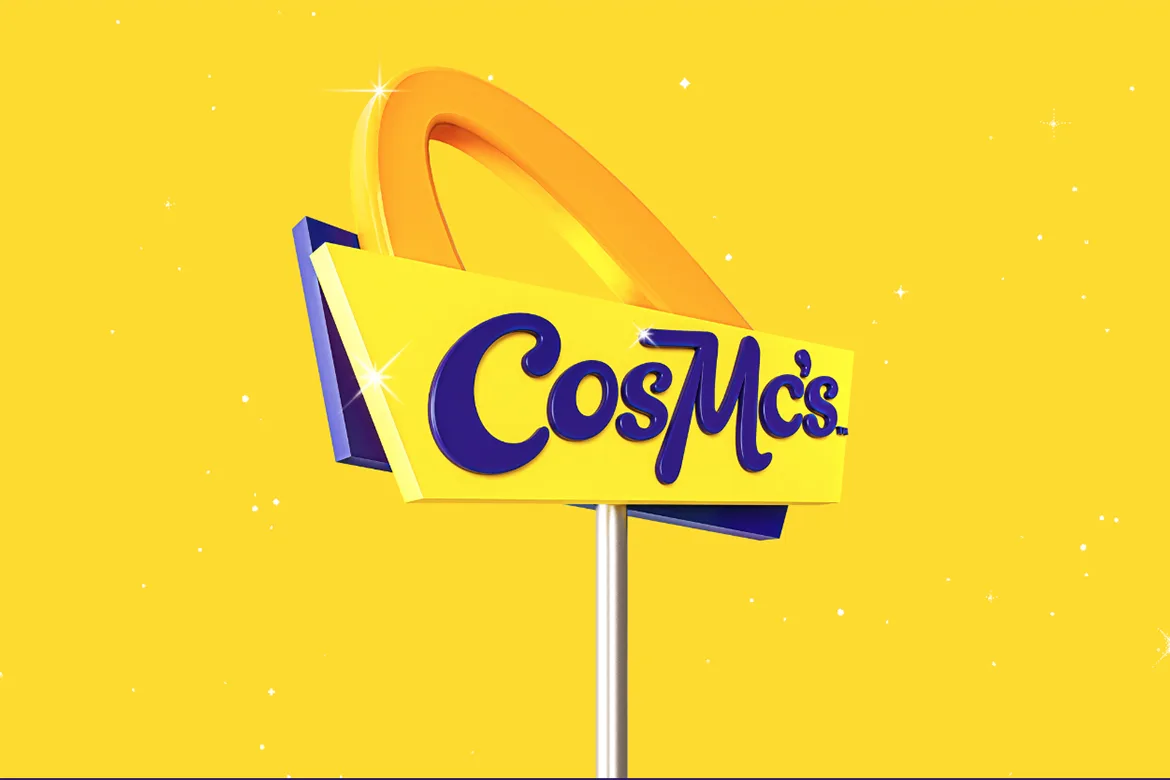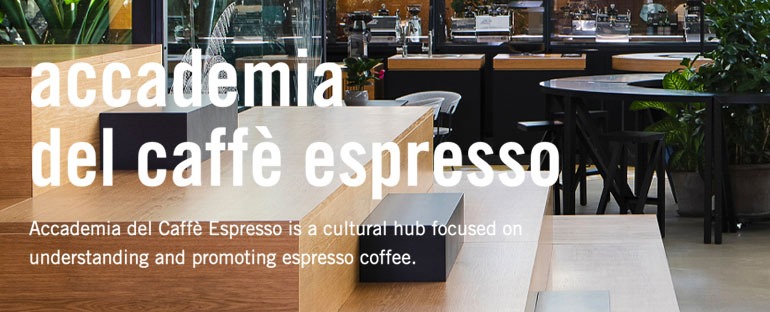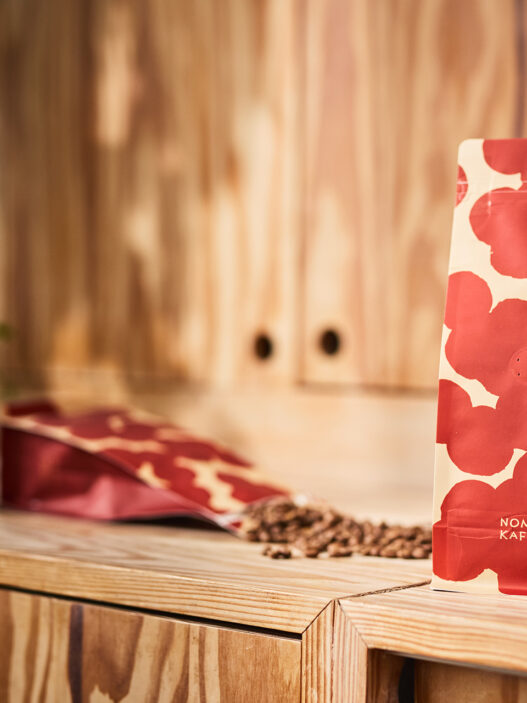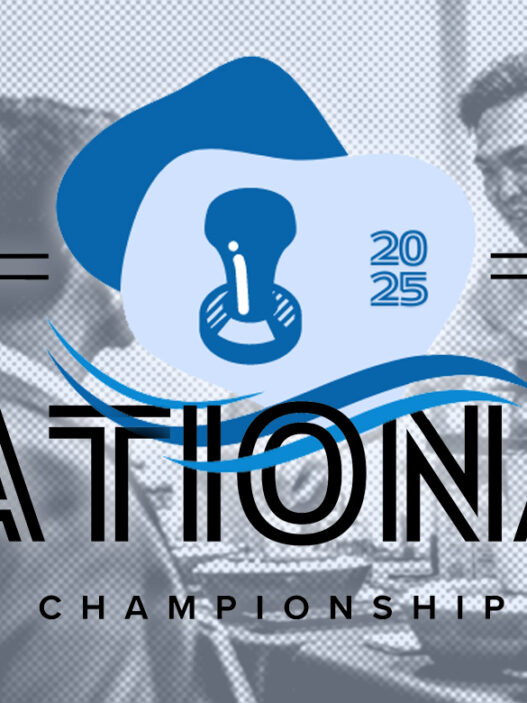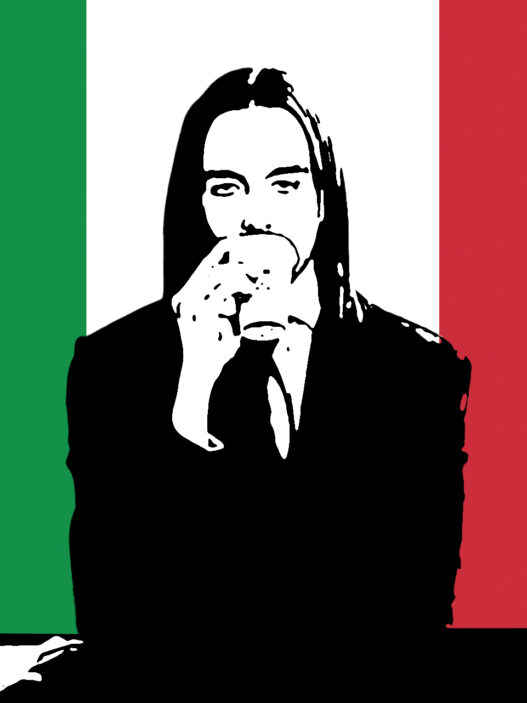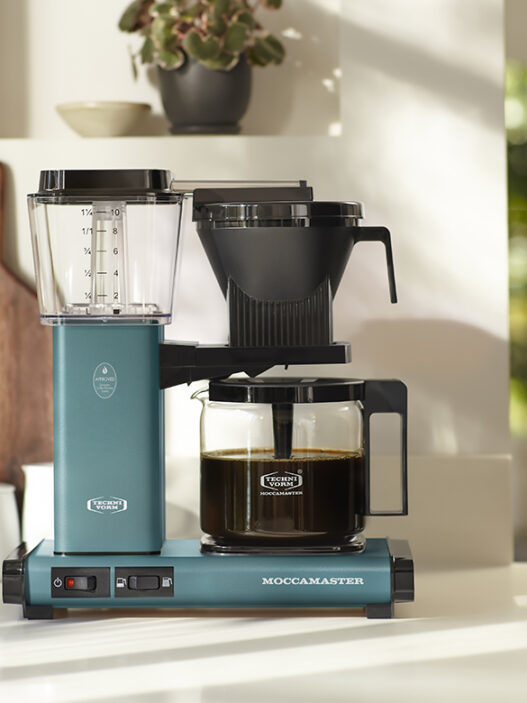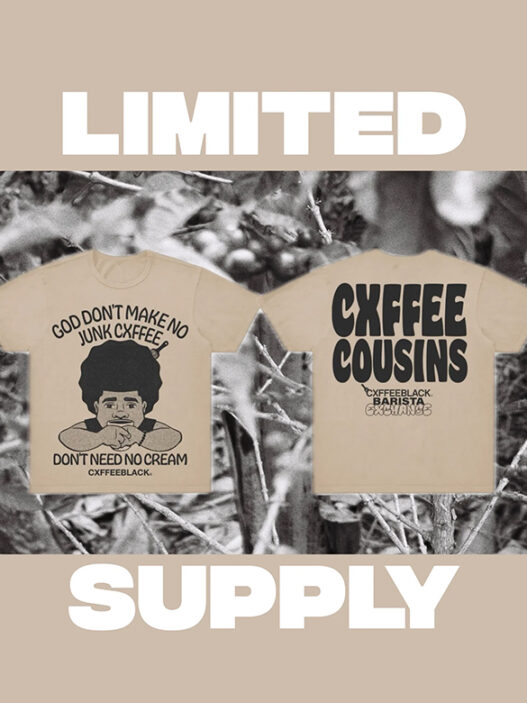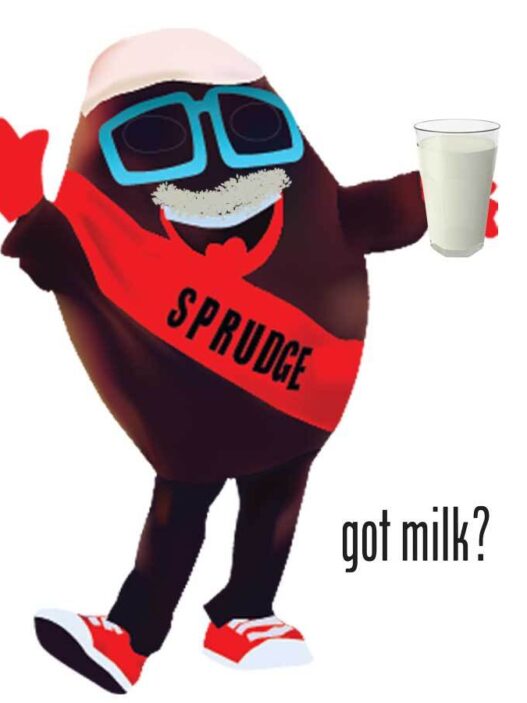Simply put, Kent Bakke is an icon in the American specialty coffee industry. An architect of the late 20th century American cafe boom, Bakke started importing espresso machines to Seattle in the late 1970s, partnering with a man named Piero Bambi, the second-generation owner of the Italian craft manufacturing company La Marzocco. What began as a relationship to bring espresso machines into America blossomed into a full-fledged partnership, and eventually, a role as the company’s international CEO.
Along the way Bakke struck influential partnerships with Starbucks, who in the 1990s worked exclusively with La Marzocco espresso machines, the creation of La Marzocco USA, a production and assembly facility located in Seattle, and the growth of an international network of satellite offices and licensed distributors. Kent Bakke is the namesake for the La Marzocco KB90 espresso machine, and in 2018 he stepped down as the company’s CEO after three decades.
For today at least, this is only the start of the story.
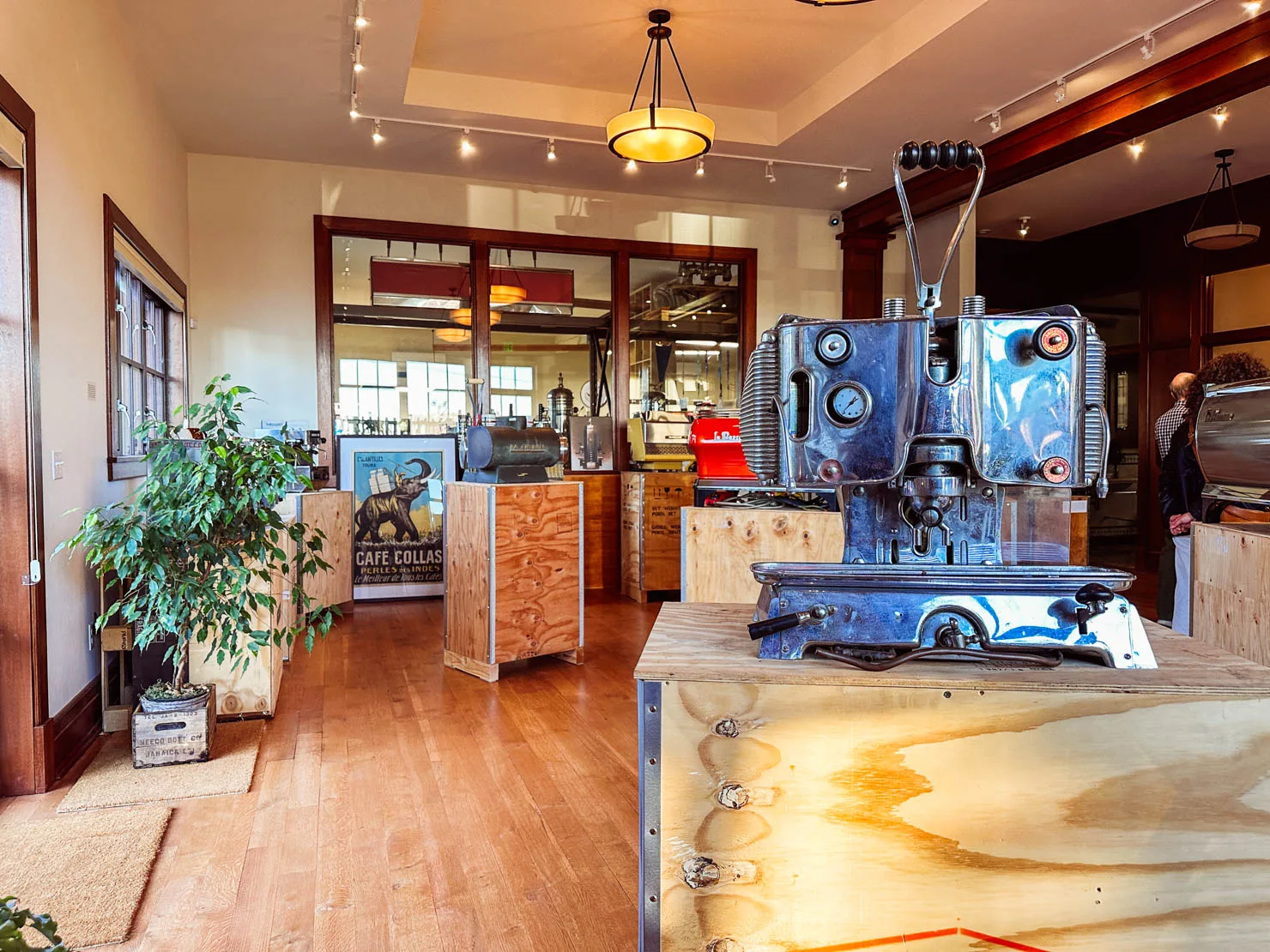
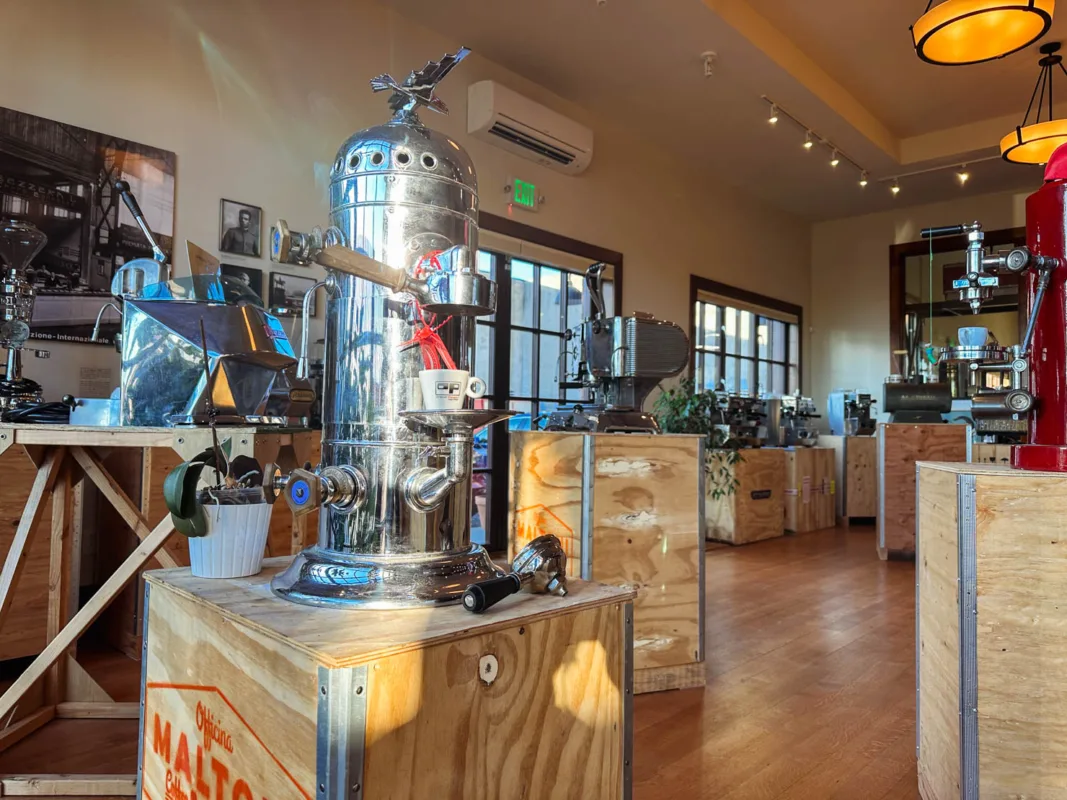
“While I do know of a few private collectors with impressive collections in Europe and Australia, I suppose it’s alright to call it that.” This is Kent Bakke’s characteristically modest reply when asked if this is the largest espresso machine collection in the world. We’re standing in the lobby of the Bakke Coffee Museum, an independent archive of espresso design history and culture located adjacent to La Marzocco USA headquarters in the Ballard neighborhood of Seattle. Previously a marine engine warehouse, this two-story 6,000-square-foot building has been beautifully reimagined as the premier destination for espresso machine archival display in America—indeed, the world.
The top floor of the Bakke Coffee Machine is split into two parts: a gallery exhibition space housing a very impressive fraction of the overall collection, and an entry lobby/workspace, befitting the museum’s status as an active restoration project. Although the exhibition changes often, visitors can expect to see vintage and archival machines from the likes of La Pavoni, La San Marco, Faema, Gaggia, a few truly impressive monster movie set piece Kees van der Westens, and of course, La Marzocco.

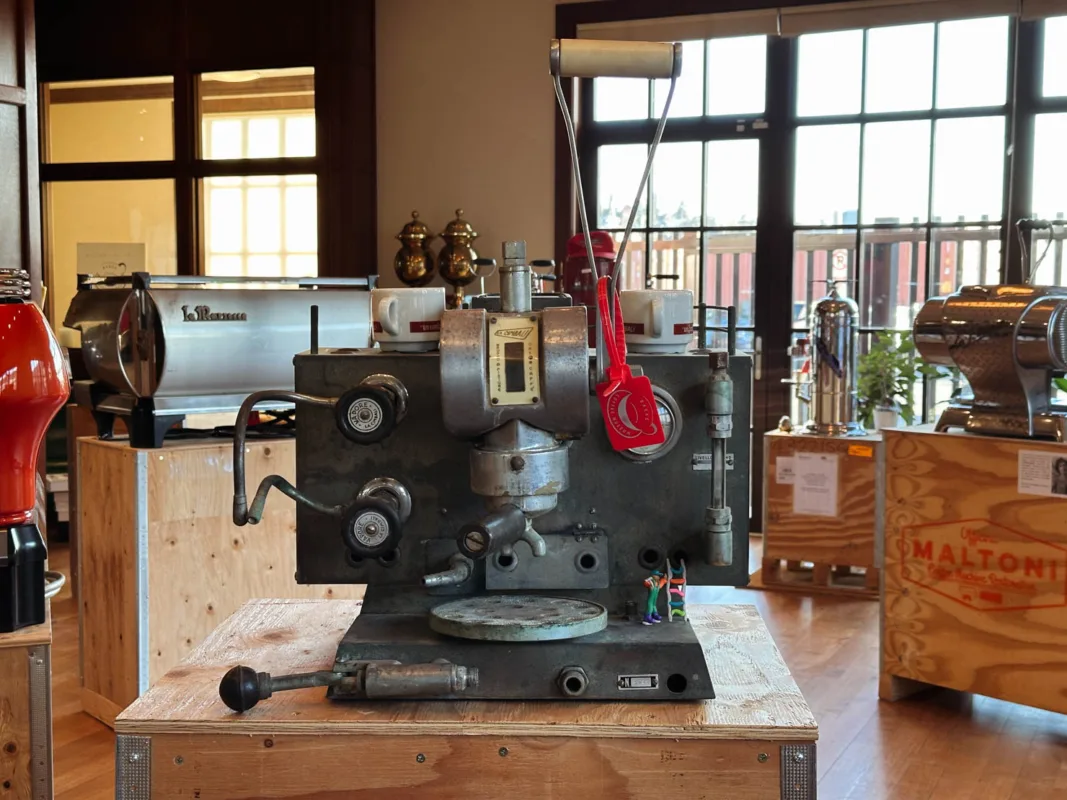
The main floor is also home to archival print materials dating back to the 1970s, including multiple early pieces of coffee press appearing in publications such as Seattle Weekly and The Seattle Times, as well as an impressive collection of books on the history of coffee and espresso.
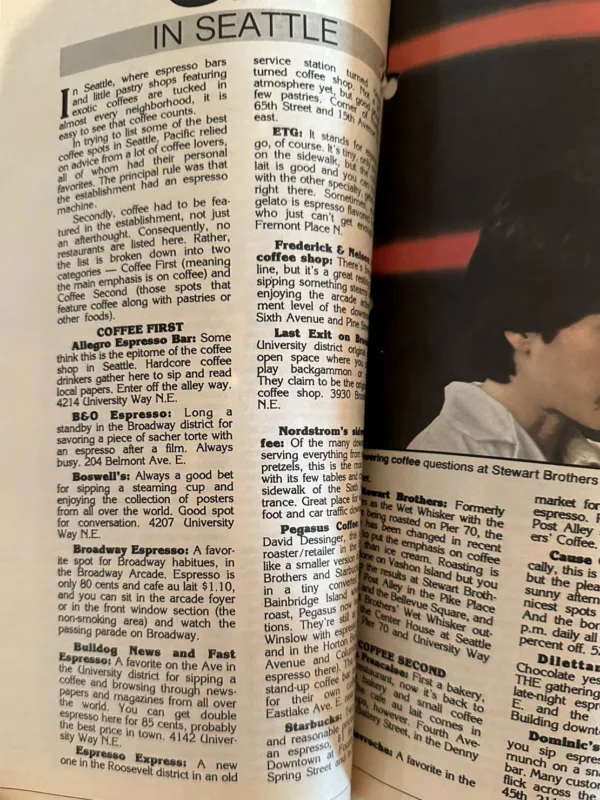
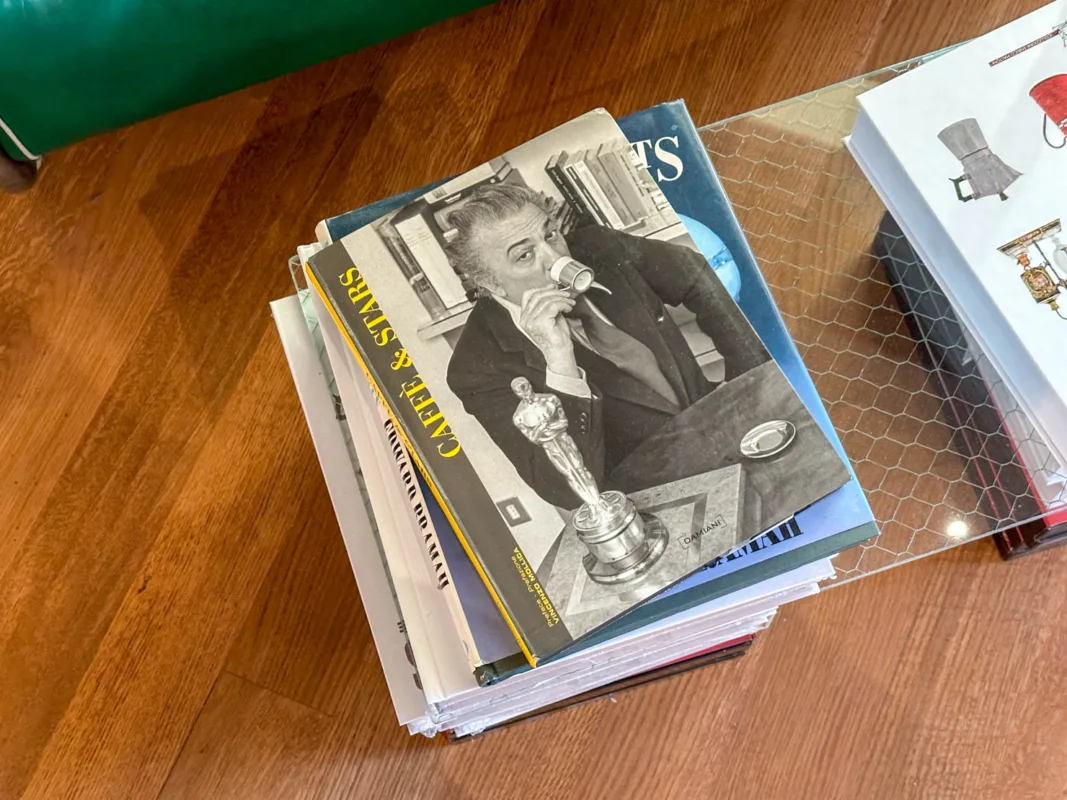
Down below the showroom sits the 3,000-square-foot archive, taking up a humidity controlled basement and organized by decade. This space holds hundreds of machines, and represents a significant amount of Bakke’s overall collection (though even more machines are stored off-site, and in Europe).
It’s hard not to be flabbergasted by the depth and breadth of this collection, from ancient double boiler machines to mid-century modern designs to former Starbucks units.
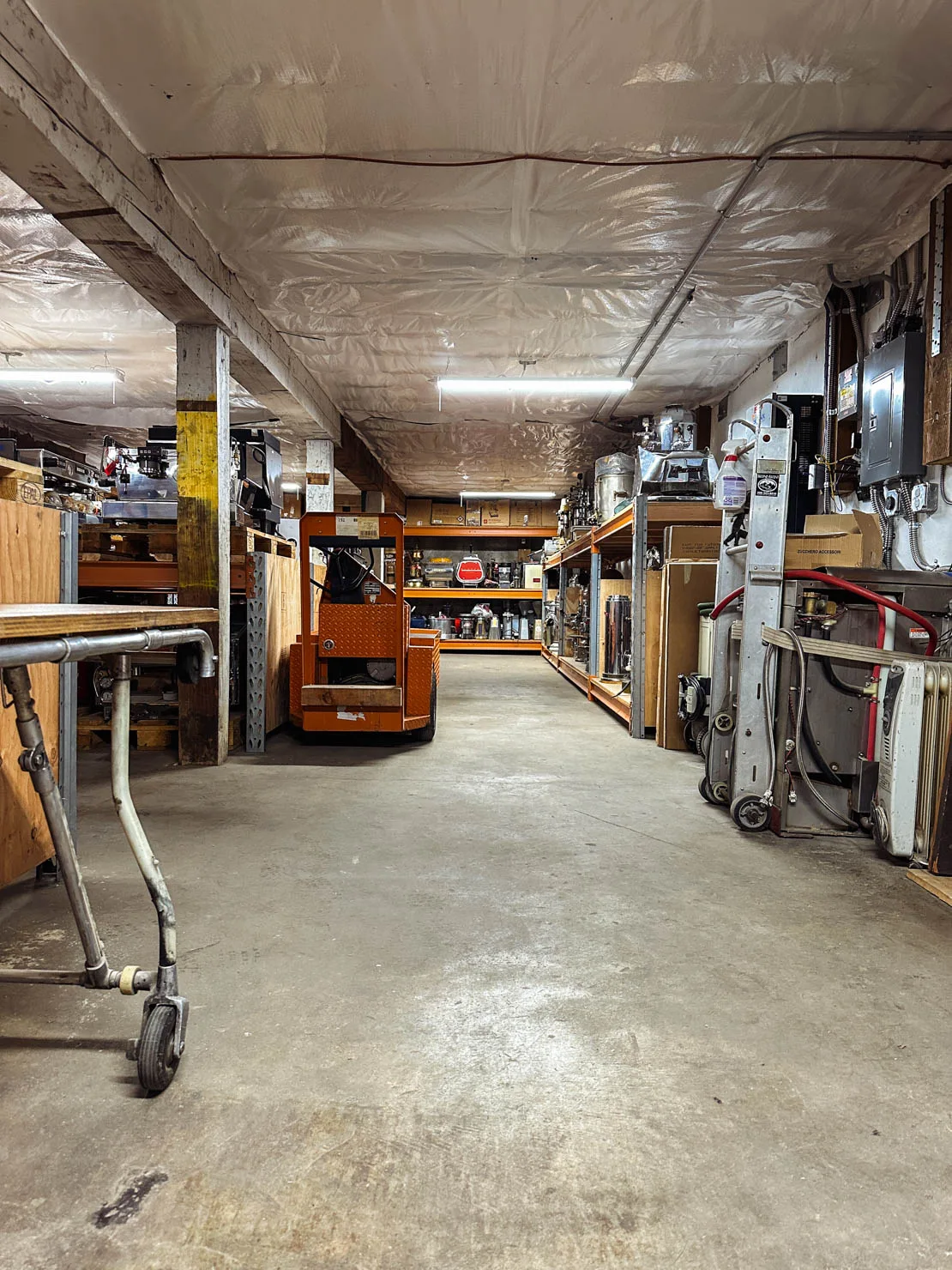

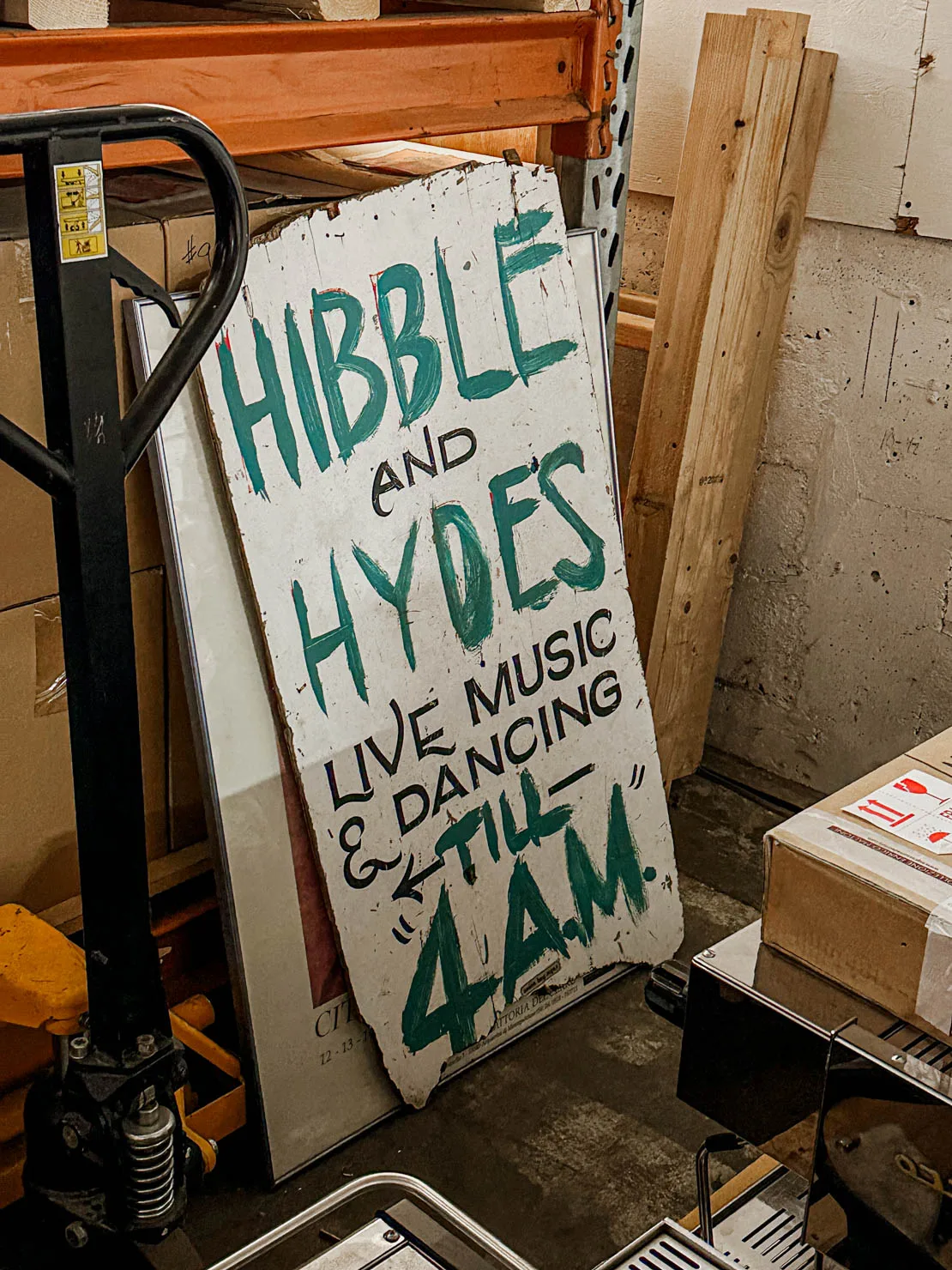
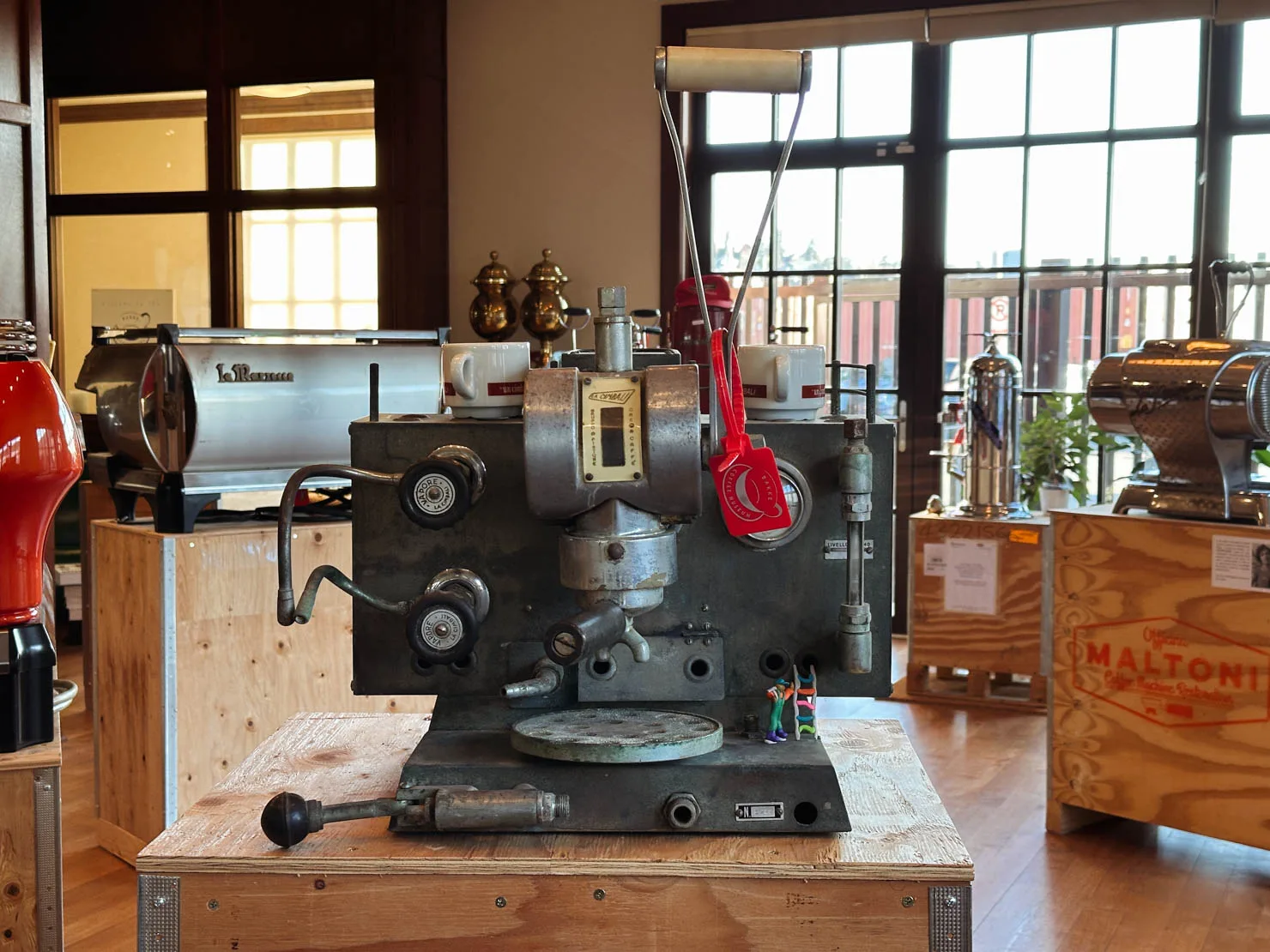
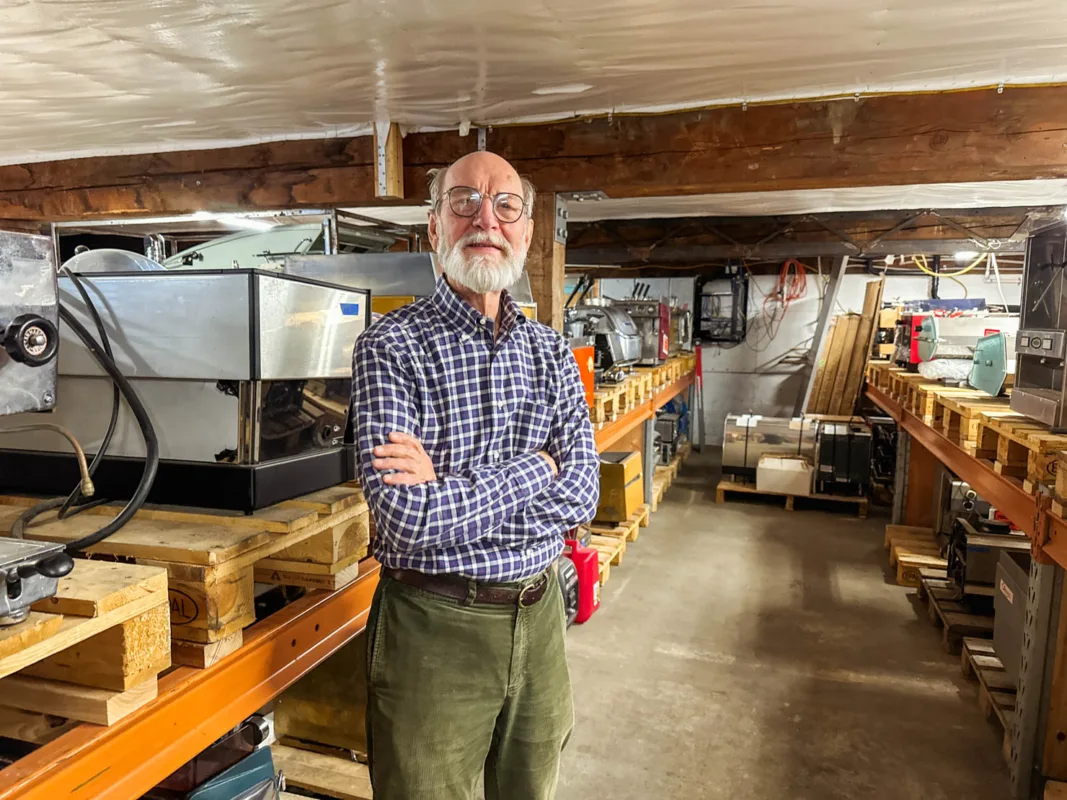
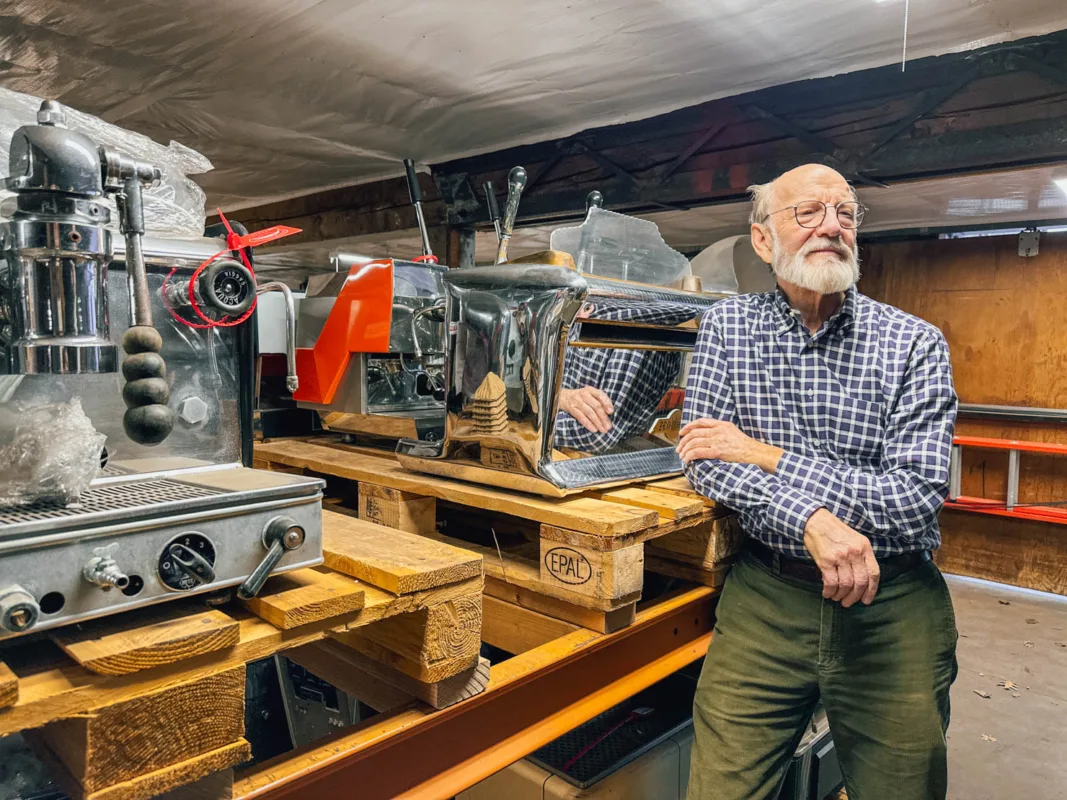
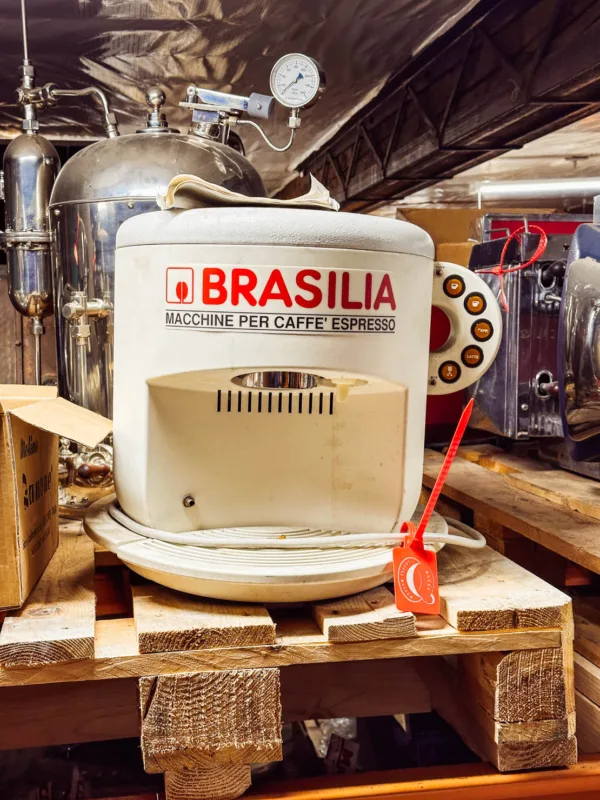
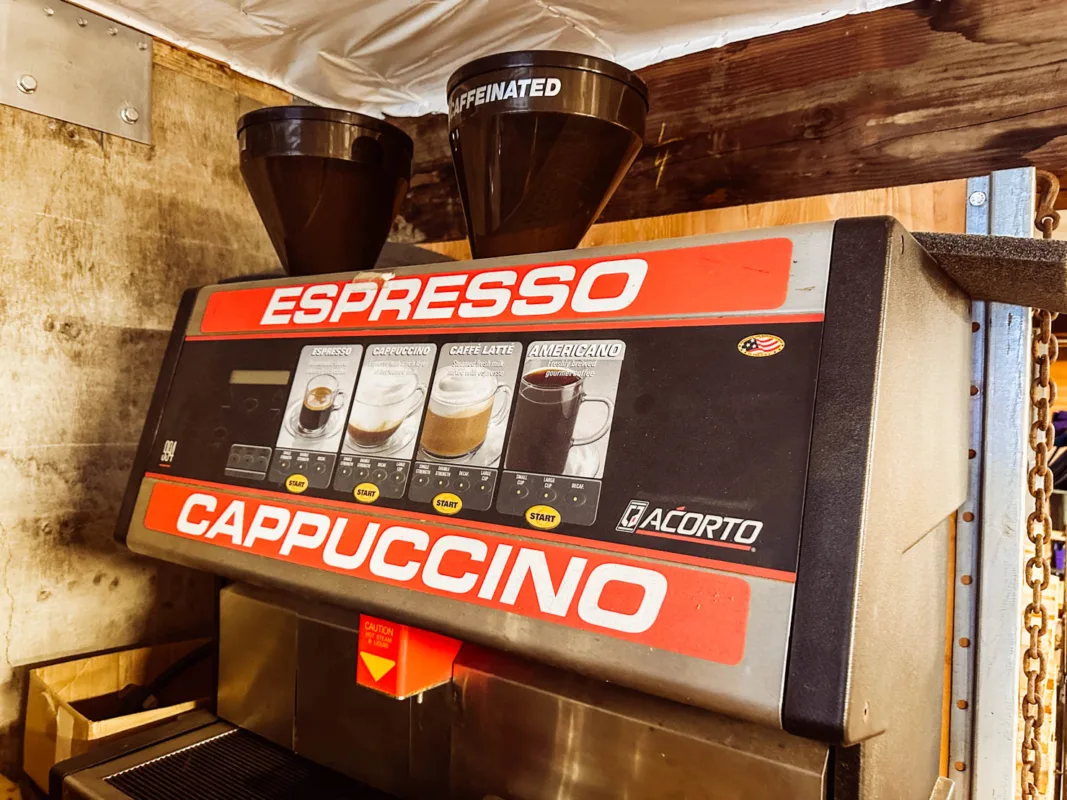
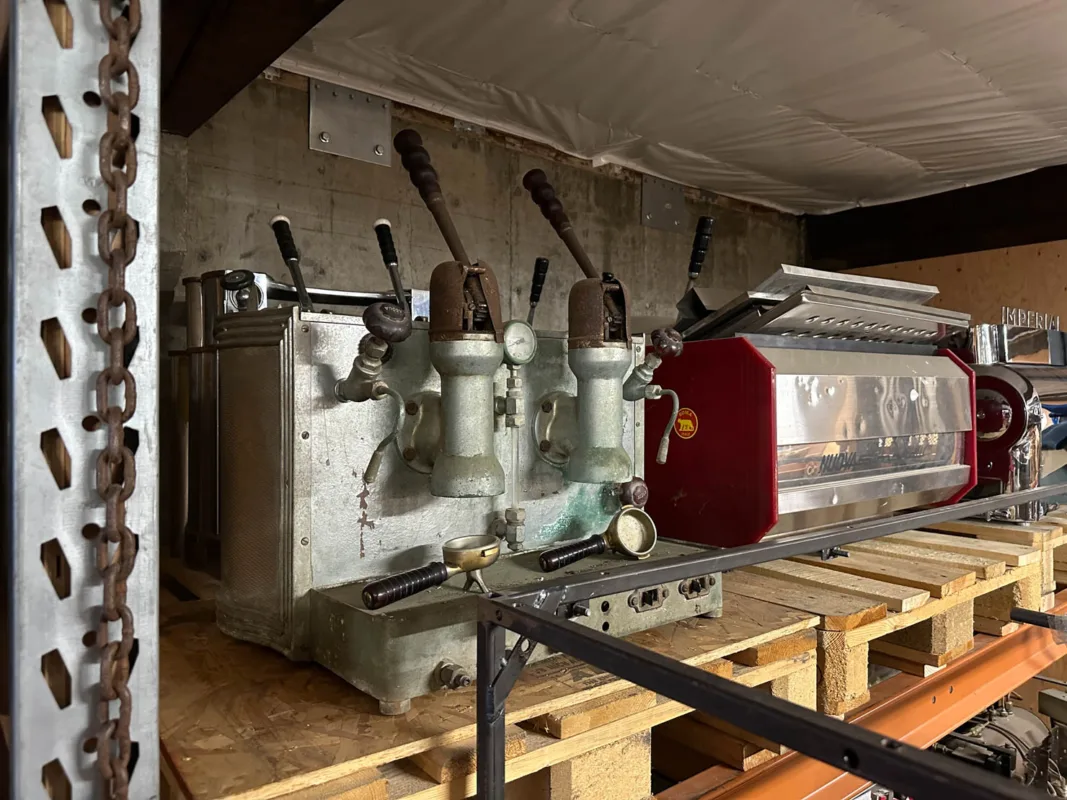
The net effect of visiting this space as a coffee lover is not unlike visiting one of those great holy sites in Europe. The expression of devotion, the vibrational history of it all, there is really nowhere else quite like it in the world. For espresso lovers, and lovers of coffee history, the Bakke Coffee Museum is a new point of pilgrimage, and a cornerstone of Kent Bakke’s legacy in the coffee industry.
The museum is presently engaged in a rolling “soft open,” with appointments available via select advanced reservation. More details can be found on the official website and via social media.
Jordan Michelman is a co-founder at Sprudge Media Network. Read more Jordan Michelman on Sprudge.
Photos by Zachary Carlsen for Sprudge Media Network






